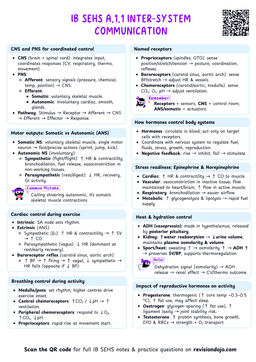Anxiety’s Dual Effect
Anxiety
Anxiety is a negative emotional state that includes feelings of nervousness, worry, and apprehension. It is often triggered by perceived pressure or threats in a sporting environment.
Types of Anxiety
- Cognitive Anxiety (Mental Anxiety)
- Negative thoughts, self-doubt, fear of failure.
- Affects concentration, decision-making, and confidence.
- Somatic Anxiety (Physical Anxiety)
- Physical symptoms such as increased heart rate, muscle tension, sweating.
- Can enhance or harm performance depending on control.
Cognitive Anxiety
- A footballer overthinking a penalty kick and missing the shot.
Somatic Anxiety
- A gymnast experiencing shaky hands before a routine
Low Anxiety: Positive Emotions
- When anxiety is low, individuals often experience positive emotions such as excitement, desire, and elation. These emotions can enhance performance by:
- Increasing Motivation: A sense of excitement can drive athletes to push harder and stay focused.
- Boosting Confidence: Low anxiety allows athletes to trust their skills and make decisions without hesitation.
- Facilitating Flow States: Athletes are more likely to enter a state of flow, where they perform effortlessly and with full concentration.
These two components interact differently with performance, highlighting the need for a multidimensional approach.
Catastrophe Theory
Catastrophe Theory
Catastrophe theory refers to a psychological model that describes how a sudden and dramatic drop in performance can occur when an athlete's arousal level becomes too high, particularly when combined with high cognitive anxiety, leading to a "catastrophic" decline in performance rather than a gradual decrease.
- Catastrophe Theory offers a more nuanced explanation by considering the interaction between cognitive and somatic anxiety. It suggests that:
- When cognitive anxiety is low, performance follows a gradual curve: increasing with arousal up to an optimal point, then declining.
- When cognitive anxiety is high, a small increase in somatic anxiety can cause a sudden and dramatic drop in performance, catastrophe.
- Moderate arousal enhances performance if anxiety is controlled.
- Excessive cognitive and somatic anxiety causes a dramatic performance breakdown rather than a gradual decline.
- Recovering from a catastrophe requires relaxation and refocusing strategies.
Stages of Performance Decline in Catastrophe Theory
- Low Arousal & Low Anxiety:
- Lack of focus, underperformance.
- Example: A sprinter feeling unmotivated and running slower than usual.
- Optimal Arousal & Controlled Anxiety:
- Peak performance, maximum focus.
- Example: A basketball player in the “zone,” making accurate shots.
- Overarousal & High Anxiety:
- Performance begins to suffer due to stress and overthinking.
- Example: A golfer rushing their shot due to nervousness.
- Catastrophic Drop in Performance:


